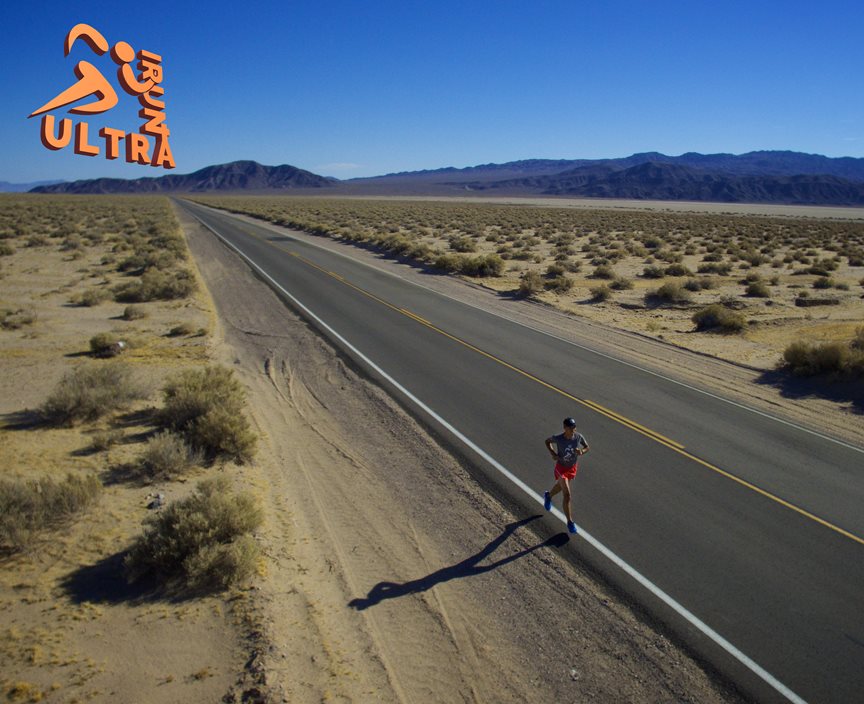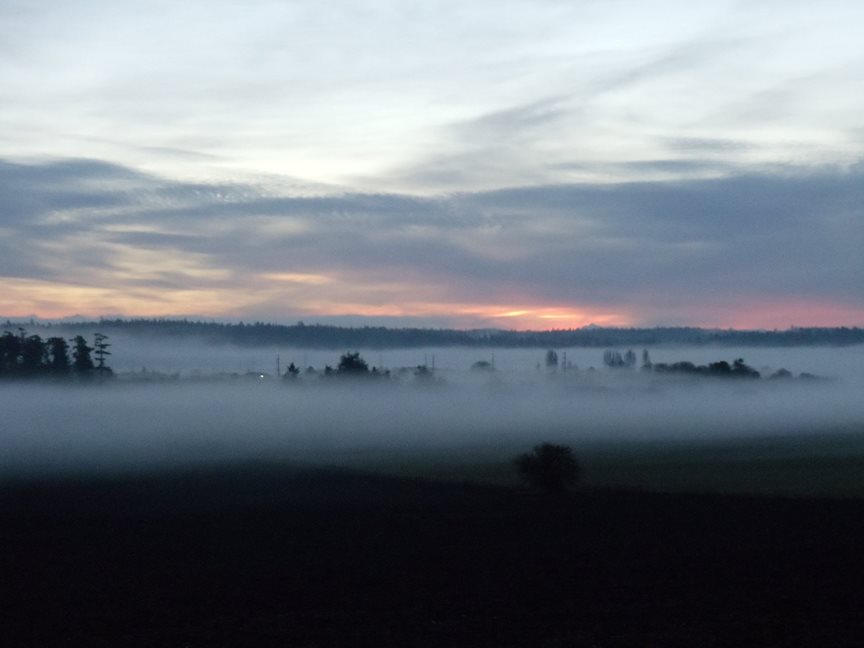What a race! Every year, those of us who are not in the Himalayas look on enviously as the pictures of this magnificent event come through. Breath-taking in every way, the Everest Trail Race has 25 km of cumulative ascent over its six-day course, yes, you read that right, 25,000 metres of climbing.
The altitude is definitely a factor, as is the steely terrain and the swings in temperature. None of that deterred the front of the pack from racing it out to the bitter end. It was a hard-fought, nose-to-nose battle with Suman Kulung finally claiming the men’s title and ChheChee Sherpa taking it for the women.
Stage 1
The first day started off across a flat expanse of millet fields but shortly after passing through the town of Jiri, the hard part began. 500 metres gain through woodland followed by 600 metres loss set the legs burning. Lots of water and mud ensured that everyone got down and dirty and fuelling up at the first checkpoint was essential to face the 1000 metres of climbing straight after it.
At the front of the pack, the Spaniard, Luis Alberto Hernando of Adidas set off at a storming pace and led the stage from the beginning, finishing in a new stage record of 2 hours 17 minutes. This was 7 minutes up on his own record which he set in 2013. The much-fancied Nepalese runner, Suman Kulung, from Traça Esquí & Esports de Muntanya couldn’t catch him and came in 2 minutes later.
In the female category Ester Alves, the Portugese runner from Elements Pure Coconut Water, took the first stage in fine form eleven minutes ahead of Chhechee Sherpa. The double winner of the Marathon des Sables, Elisabet Barnes, finished in third position 14 minutes behind Alves.
Stage 2
Day 2 brought no change to the leader board with both Ester and Luis holding on to their leads. For the back of the pack it was more about holding on to their courage as the 24km included 3,500 metres of ascent. There was virtually no flat throughout the whole stage, which topped out at Pikey’s Peak, a high point of the course at 4,100m.
Hernando also set a record for the second consecutive day of the race with a time of 3h and 35 minutes, almost 10 minutes faster than the 2013 record set by Upendra Sunuwar. He said he needed to get ahead of Suman Kulung because stage 3 had a lot of technical descending and, “Kulung descends very well and is characterised by being very technical, fast.”
The best description of the day came from the race organisers, “After crowning the top of the Pikey Peak with beautiful views of the Himalayan 80’s, a descent not suitable for cardiac patients began”. Ominous words, but fortunately no casualties.
Stage 3
This was a game changer for the leaders and a good day for the Nepalese runners. Suman Kulung won the stage and narrowed the gap to Hernando in the overall standings to just 7 minutes 55 seconds. Luis fought him all the way but the local runner proved too strong. Ester Alves lost out to ChheChee Sherpa, who took a resounding victory and gained 36 minutes.
Quote of the day from the organisers was descriptive but slightly puzzling, “During the night, the thermometer dropped to minus 7 degrees Celsius in the camp and the 37.4 km of the day was not turkey snot.” Answers on a Twitter postcard to @RunUtra_UK!
For many, this was one of the toughest days with some vertiginous descents just as the legs were really beginning to feel their three days in the most forbidding mountain range in the world.
Stage 4
All things are relative, and this is considered a relatively easy day with a mere 2,500 metres of positive ascent. It was another triumph for Suman Kulung who won the stage for the men and took another 3 minutes 29 seconds from Hernando. Luis put it all out there but the Nepalese runner had the stage. For the women, ChheChee Sherpa dominated again and looked comfortable in her first position. Elisabet Barnes and Sondre Amdahl maintained their third positions.
Stage 5
The penultimate day and a nail biter. Hernando just would not give up and took the stage ahead of Kulung. It was a win he desperately needed as the final stage includes a lot of descent which favours the Nepalese runner. Hernando said that the 6 minutes and a half lead he had gained was potentially “not enough” to beat Kulung, who “rolls down the downhills” to the finish.
Huge pressure for both men going into that final stage, with neither being able to relax their guard. Everything to run for for Kulung, everything to lose for Hernando. The Norwegian, Sondre Amdhal, crossed the finish line in third position, excited, but said as he caught his breath and stretched out his aching muscles that stage five had been the hardest stage of the race.
For the women, there was no change at the top. All three stayed in their positions. ChheChee Sherpa in first with another win and a 12-minute lead, Ester Alves in second and Elisabet Barnes in third.
It was an emotional day for many of the runners who revelled in the glorious views of the 20km run between Phakding and Tyangboche which passes the base of the two great mountains, Everest and Lhotse.
Stage 6
Going into the final day it must have been a real psychological battle for Luis. He was in the lead, he had won three stages, but he knew that Suman was by far the stronger descender and he was well short of the advantage he felt he needed for the win. 30km over the mountains lay ahead.
The duel between the two men was on from the start. Hernando started well and was only 1 minute and 35 seconds behind at the first visual check point but in the village of Namche Bazar he forfeited precious time when he lost his way. It was the descents that did it, though, and resoundingly won the race for Suman. The Nepalese runner’s easy, confident style took the day and a fantastic victory with 18.35.54. Hernando came in second at 19.12.49 and Amdahl third with 20.47.31.
For the women, the contest on the final day was never really in doubt and, as expected it was a Nepalese double with a well-deserved win for ChheChee Sherpa in 27.29.50. Ester Alves took second place with an excellent 27.55.59 and Elisabet Barnes from Sweden was third in 29.32.10.
It had been a magnificent effort from all the participants. Conquering the mountains, there was one common refrain as they crossed the finish line, “That was tough. That was the toughest thing I have ever done!”
Tempted? I am! There is a year to train for those mountains and registration is open NOW!
Go on, take a look, dream and then do it. See you on the start line of the Everest Trail Race?
All images Ian Corless.






